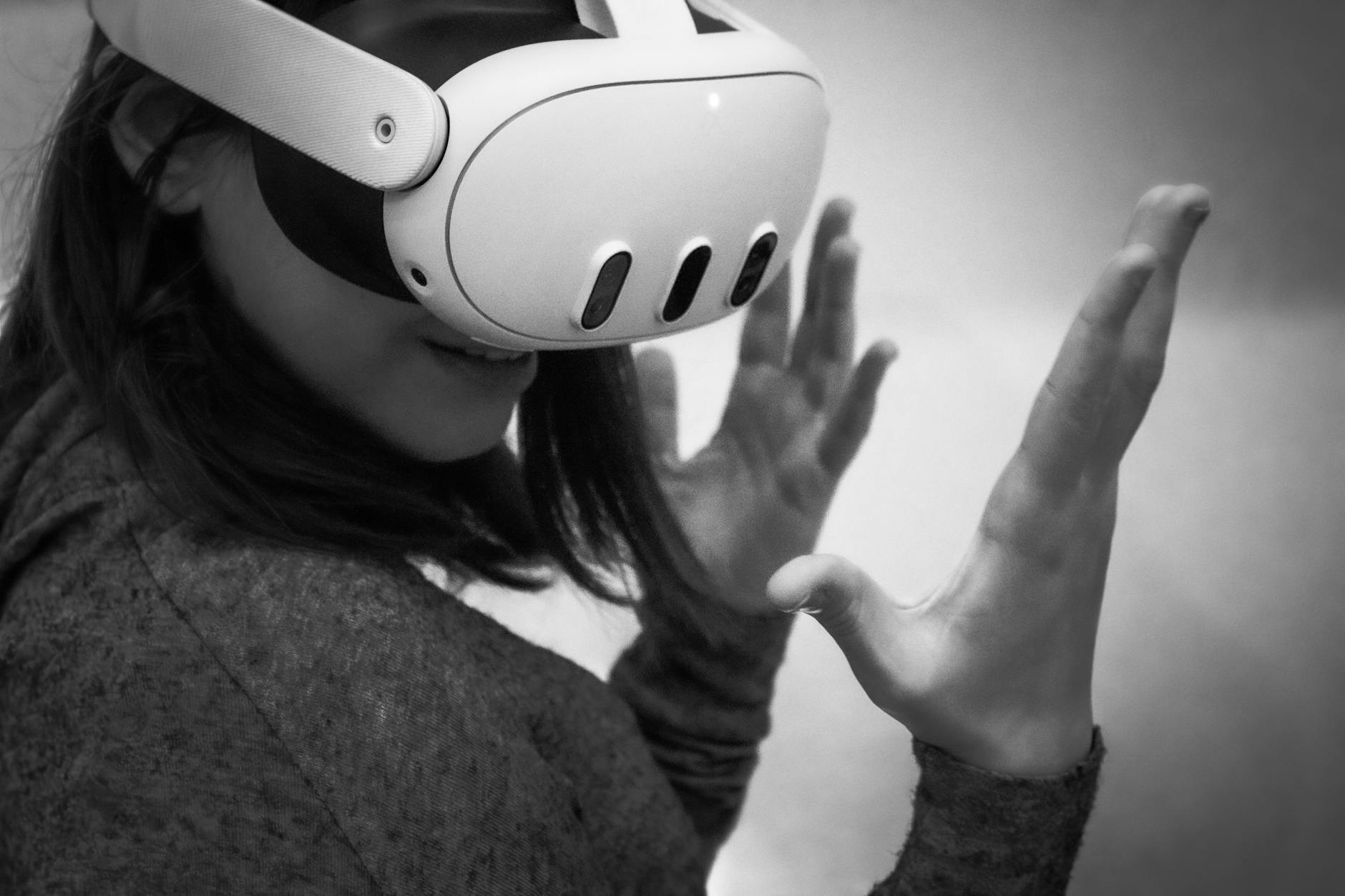Apple Vision Pro vs. Meta Quest 3: The Ultimate AR Showdown
The world of augmented reality (AR) is heating up, and the Apple Vision Pro and Meta Quest 3 are leading the charge. These two devices represent the pinnacle of innovation, each offering unique experiences that cater to different users. In this article, we’ll delve into a detailed comparison of these AR powerhouses, helping you decide which one best suits your needs.
Design and Build Quality: A Tale of Two Philosophies
When it comes to design, Apple’s Vision Pro and Meta’s Quest 3 take different approaches.
– Apple Vision Pro: Known for its sleek, premium aesthetic, the Vision Pro features a lightweight aluminum alloy frame paired with a glass front. This design isn’t just about looks; it’s ergonomic, ensuring comfort even during extended use. The result is a device that feels as high-end as it looks, perfect for professionals seeking a polished tool.
– Meta Quest 3: Meta’s approach is more utilitarian, with a focus on comfort and practicality. The Quest 3 features a balanced design with a sturdy plastic body, adjustable straps, and an optional elite strap for enhanced support. It’s slightly lighter, making it accessible to a broader audience, especially gamers and casual users.
Display Technology: Clarity and Immersion
The display is crucial for an immersive AR experience, and both devices deliver, albeit differently.
– Apple Vision Pro: Boasting dual Micro-OLED displays, the Vision Pro offers stunning visuals with vibrant colors and high contrast. Its high pixel density and 20 million pixels per eye ensure sharp, lifelike imagery, making it ideal for tasks requiring precision.
– Meta Quest 3: Utilizing high-resolution LCD screens, the Quest 3 delivers crisp visuals with improved color accuracy and a higher refresh rate option, reducing motion blur. While not as vibrant as OLED, it excels in bright environments, making it great for active use.
AR and Mixed Reality Capabilities: Blending Worlds
Both devices excel in AR, but their approaches differ.
– Apple Vision Pro: Equipped with a LiDAR scanner, the Vision Pro maps environments with remarkable accuracy, enabling seamless object occlusion and realistic interactions. This makes it perfect for complex AR applications, such as 3D modeling and spatial design.
– Meta Quest 3: Rely on advanced camera-based tracking, the Quest 3 offers impressive spatial awareness, ideal for gaming and interactive experiences. While it may not match the Vision Pro’s precision, its affordability and robust app ecosystem make it a strong contender.
Performance and Hardware: Powering the Experience
Under the hood, both devices pack impressive hardware.
– Apple Vision Pro: Driven by Apple’s M1 or M2 chip, the Vision Pro delivers smooth performance with efficient power management, ensuring extended use without overheating. The ecosystem integration with iOS and macOS enhances productivity.
– Meta Quest 3: Powered by a Snapdragon XR2 processor, the Quest 3 is optimized for gaming and VR, with a robust cooling system. Meta’s Focus Pro controllers add to the immersive experience, especially in interactive environments.
Software and Ecosystem: Tailored Experiences
Software ecosystems play a crucial role in the user experience.
– Apple Vision Pro: Integrates seamlessly with Apple’s ecosystem, offering exclusive productivity and creativity apps. Privacy and security are paramount, appealing to professionals and security-conscious users.
– Meta Quest 3: Features a vibrant app store with a focus on gaming and social experiences. The Touch Pro controllers enhance interactions, making it a top choice for gamers and social VR enthusiasts.
Price and Availability: Accessibility vs. Premium Investment
– Apple Vision Pro: Priced around $1,000, it’s a significant investment, targeting professionals and those invested in Apple’s ecosystem.
– Meta Quest 3: More affordable at $500, it’s accessible to a wider audience, appealing to both casual users and gamers.
Who Should Buy Which?
– Apple Vision Pro: Ideal for professionals, developers, and those seeking a premium, integrated AR experience. Perfect for productivity, 3D modeling, and apps requiring precision.
– Meta Quest 3: Best for gamers, casual users, and those interested in social VR, offering affordability and a robust app ecosystem.
Conclusion: Key Takeaways
– Apple Vision Pro: A premium choice with cutting-edge technology, ideal for professionals and those in creative fields. Offers a polished, integrated experience with a focus on privacy.
– Meta Quest 3: An accessible option with a strong focus on gaming and social experiences, perfect for casual users and VR enthusiasts.
Both devices shine in their respective domains, catering to different needs and preferences. Whether you seek a high-end tool or an affordable, versatile device, there’s an AR solution for you.
Ready to dive deeper into tech? Explore more insightful reviews and guides on Techests.com to stay ahead of the curve.

